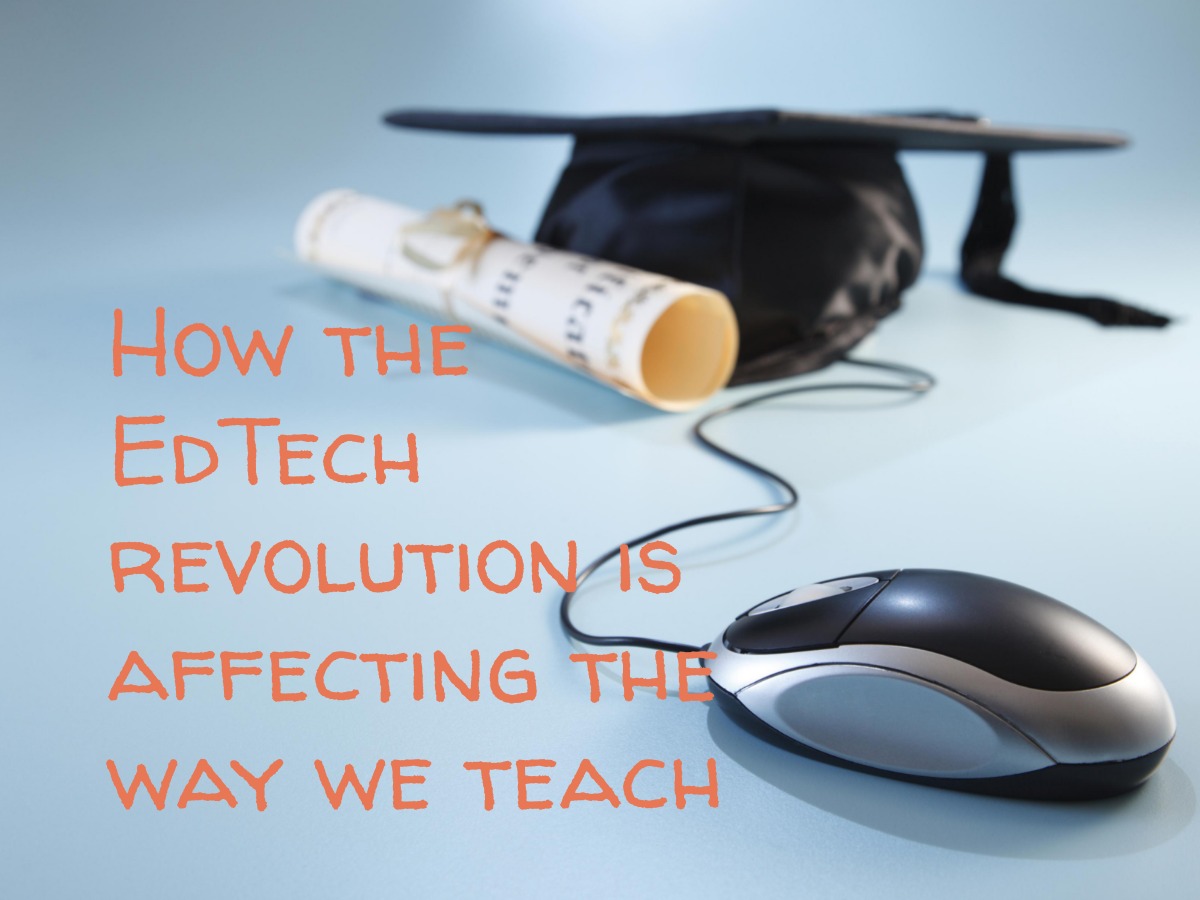How the EdTech revolution will affect the way we teach
How the EdTech revolution will affect the way we teach
EdTech has been having something of a moment. No longer a buzzword, Covid-19 has seen to it that digital technology be thrust front and centre into the spotlight. And under that glaring light a lot of things became apparent, which can widely be summed up under the umbrella of preparedness - or lack thereof. But let’s break it down.
Rarely do we get an opportunity to test the responsiveness, penetration and efficacy of a solution like this at such a large scale. In other words, the pandemic has given us the chance to see how ready we are for the technological transformation taking place in education. So now we have greater insight into how the EdTech revolution is, can and will affect the way we teach – now and in the future.
These are some of the observations I’ve made:
Platforms and Access
When school campuses closed and countries had to go into lockdown last year, we immediately turned to technology to help solve a number of problems regarding education. Overnight, we began to rely on digital technology to provide both a platform for education to take place on, and to provide teaching tools to make learning on those platforms more effective. It showed us how quickly schools can mobilise to take advantage of available software and hardware to communicate. Many of us, and our children, got a crash course in Zoom, Google Meet and Microsoft Teams. These are by no means perfect systems but in lieu of meeting face to face they are a lifesaver. That said, they’re not great for young children. I would argue that it’s so unnatural for a small child to interact with a screen that it may not be worth it at all. Or that there is scope to develop something that is more sensitive to the development of this cohort.
Security and Safety
As quickly as we got to grips with the various places to meet and gather online, we realised that locking down those spaces was imperative. Anyone that had virtual strangers enter meeting rooms will attest to this. So we need to be particularly vigilant of malicious actors and entities that might want to exploit immature security systems that surround these platforms and encourage developers to build robust safeguards. While it might seem far-fetched, it’s also worth considering that spyware is being developed and implemented faster than legislators can keep up with it, making it very easy for groups to control the information we share and the information we consume, without us even knowing. Educators need to understand this in order to understand where their responsibility to students lay.
Connectivity and Infrastructure
If we backtrack a little, getting online to access to any apps and platforms properly pre-supposes that you have adequate connectivity. Therefore, we need to consider that students are learning in an area with decent infrastructure. Obviously that is not much of an problem in Singapore, but it is in many parts of the world. So educators need to look to governments to implement this and have thoughtful plans for maintaining and upgrading infrastructure. Sadly, this will not be possible in some countries.
Poverty and Disparity
In places where socio-economic problems exist, charities will play an important role in helping to provide children with access to devices and internet connection. And in families with more than one child, educators need to understand that turn-taking for access to devices can make online learning very difficult. This has come to light in Singapore.
Strategy and Implementation
In this modern world, schools need to adapt the curriculum to include digital technology both in the way that teaching is delivered and what is actually being taught.
Proficiency and Training
Needless to say, the way that teachers are being taught to teach needs to be reviewed as well. It is obvious to me that ongoing training and support needs to be offered by education facilities to ensure that the curriculum is being imparted in as effective a way as possible so that children are prepared for a growing and changing world. That doesn’t mean that we dispense with other ways and styles - there are cognitive, social and academic skills that will need to continue to be shared through means of interaction that don’t involve screens. But we need to be flexible in our approach.
Education and Learning
Conducting online learning was a like a baptism of fire last year. Teachers suddenly had to figure out how to maintain interest and engagement in a way that was more difficult to achieve than in a real classroom setting. They had to conceptualise how to issue work and assess work. They had to implement communication protocols so virtual classrooms didn’t turn into a garbled mess of broken soundbytes. They had to learn how to support children who needed additional help. They had to experiment with their face on a screen replacing a whiteboard. Now we need to review the takeaways from this experience and refine.
This is by no means an exhaustive list, but these are some of things I’m thinking about so that we can better prepare for how the EdTech revolution will affect the way we teach. Most importantly, I think we should remember that education and learning are slightly different things. While education may become both more challenging and better thanks to technology, learning will continue to take place everywhere our children go and in everything they do. And we don’t need a screen for that.
